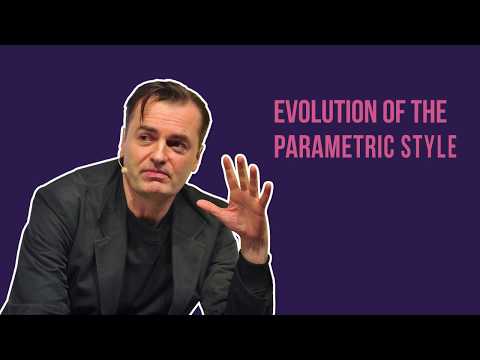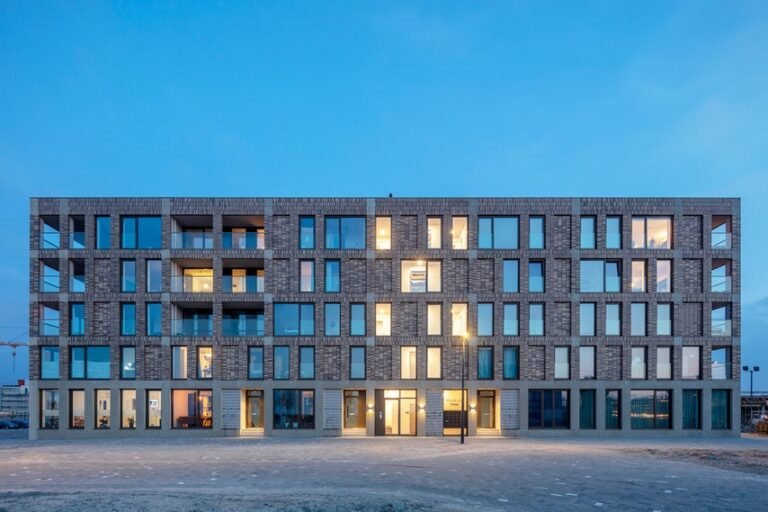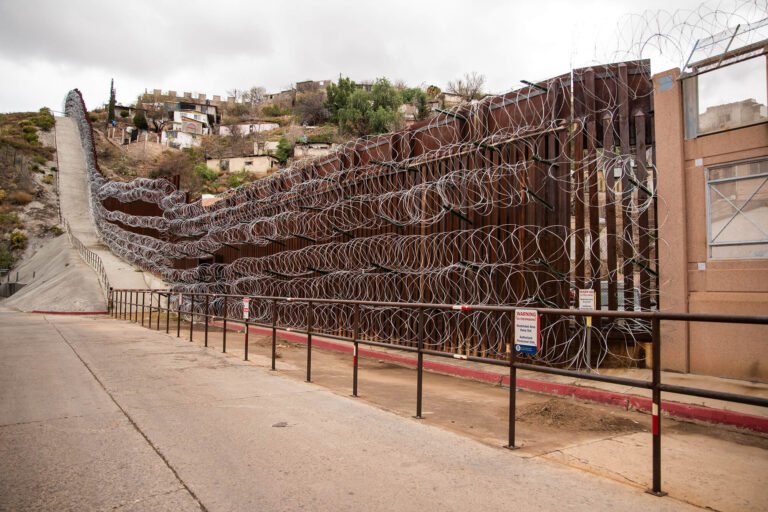Taller Mauricio Rocha completes an expansion of Diego Rivera and Juan O’Gorman’s experimental museum in Mexico City
Throughout its history, Mexican architecture has manifested a certain degree of historical self-awareness and a concern for identity. Diego Rivera and Juan O’Gorman’s Museo Anahuacalli in Mexico City is a particularly intriguing case. Anahuacalli is one of several projects developed during the mid-20th century that illustrate a debate over the appropriateness of modernism for Mexican architecture. The recent expansion by Taller Mauricio Rocha introduces a contemporary elaboration on this rich architectural conversation.
As in many other countries, Mexico saw an increasing skepticism of modernism among its architects in the 1940s, with World War II casting long shadows across the promises of technological progress. While the machine aesthetic was initially embraced as a tool for the postrevolutionary national project, a more experimental language eventually emerged in an attempt to work in dialogue with Mexico’s territory and identity—specifically the heritage of pre-Columbian cultures.
Perhaps no other space stimulated the nationalistic imagination of this time like the Pedregal de San Ángel. On this immense and desolate lava field, intellectuals such as Rivera, Luis Barragán, and the painter and writer Dr. Atl (Gerardo Murillo Cornado) envisioned an urban development that would materialize the country’s unique modern identity. To this end, in 1945 Rivera published his prescriptions for the urbanization of Pedregal. In the next few years, the most prominent architects of the time led the construction of the National Autonomous University of Mexico’s (UNAM) spectacular campus, known as University City, and Barragán initiated the project of the adjacent upscale Jardines del Pedregal neighborhood. In Barragán’s vision, Pedregal would, as recounted in Keith Eggener’s Luis Barragán’s Gardens of El Pedregal, “provide sanctuary from an aggressive modern world, with space for meditation and the cultivation of spiritual values.”
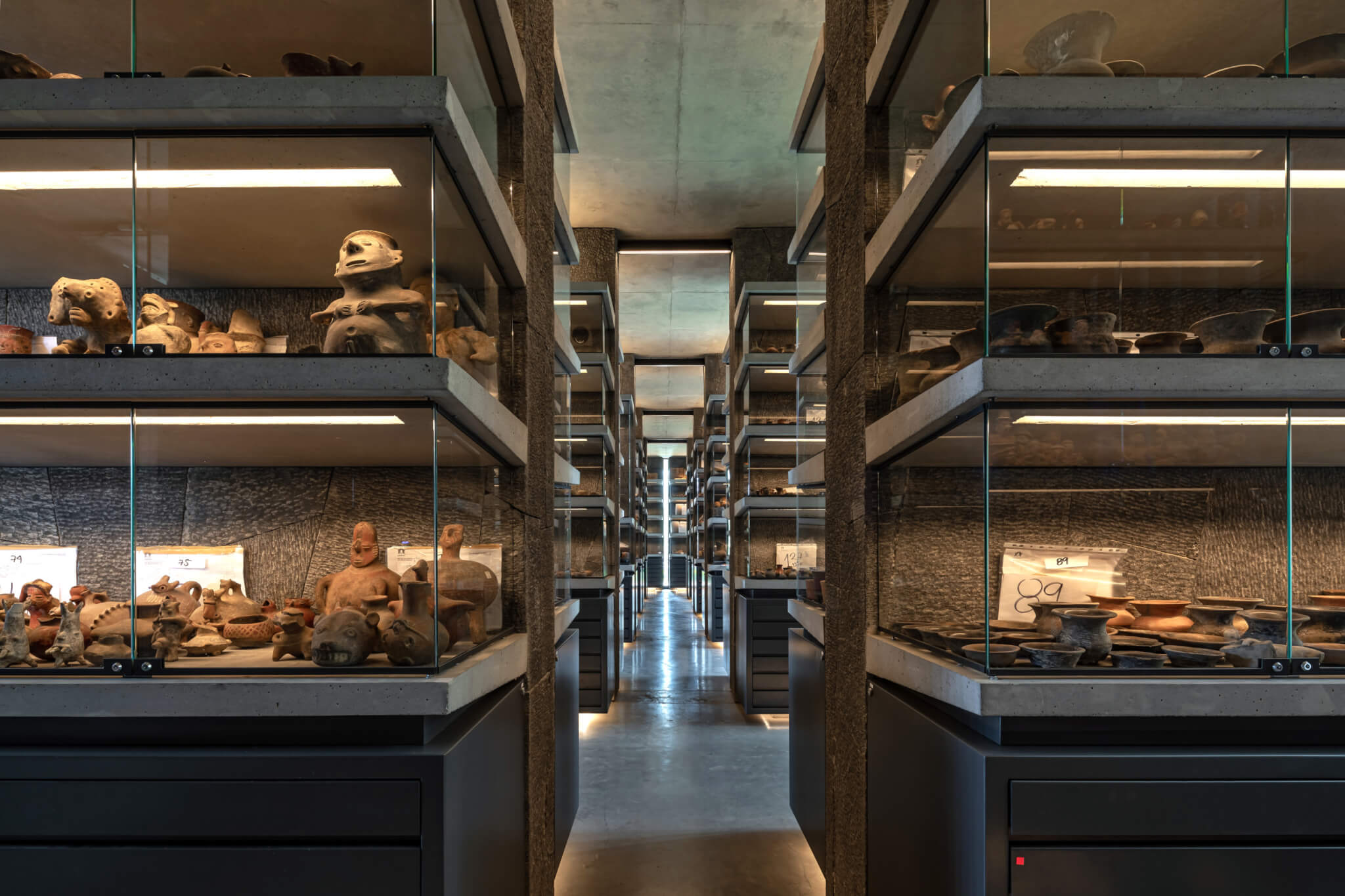
Rivera acquired a plot of land near the eastern edge of the lava field, originally intending to create a ranch. Ultimately, he decided to build Anahuacalli, an arts center that would include workshops, performance spaces, and a repository for his sizable collection of pre-Columbian artifacts, as well as a small ecological reserve. Enlisting the help of architect Juan O’Gorman, Rivera worked on the Anahuacalli until his death in 1957. O’Gorman, Rivera’s daughter Ruth (also an architect), and other collaborators completed the main exhibition building and four secondary structures in 1964.
These buildings, organized around a central plaza, manifest Rivera and O’Gorman’s eschewal of modernism in favor of an eclectic language that some, including O’Gorman himself, have described as organic (acknowledging the influence of Frank Lloyd Wright). The massive, symmetrical volumes are clad in volcanic rock and incorporate forms and angles reminiscent of Aztec or Zapotec structures. In the main building, the designers introduced such distinctive features as corbel arches, slit windows covered with onyx, display shelves and cabinets made of stone, and experimental tilework techniques that O’Gorman would later employ for the murals of UNAM’s Central Library and his own cavelike house in Pedregal.
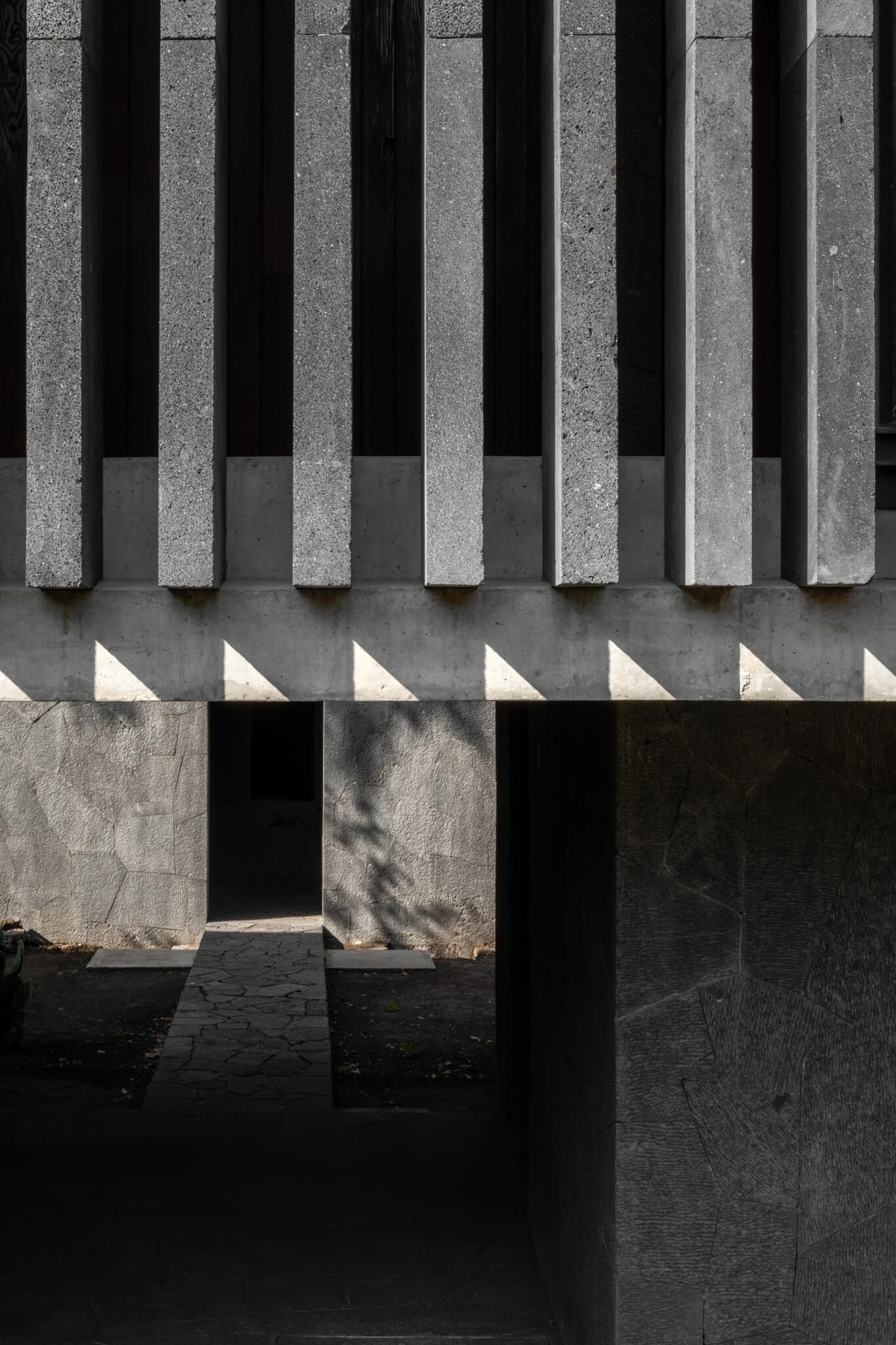
Today, the Anahuacalli not only showcases Rivera’s interest in pre-Columbian cultures but also hosts a variety of exhibitions and artistic events. Still, these buildings have been insufficient to house the collection of more than 40,000 objects that Rivera amassed over his lifetime, and Rivera’s vision of an arts center was never properly realized. For these reasons, a competition was launched in 2016 for an expansion and renovation. The winning proposal by Mauricio Rocha opened to the public in the fall of 2021. Rocha told AN that he faced the challenge of dialoguing with the existing buildings and the unique landscape and thus being in conversation with Barragán, Rivera, and O’Gorman.
The expansion consists primarily of three new volumes that match the height of the original secondary buildings. These are built northwest of the existing complex and arranged around a second, smaller plaza. The centerpiece is a new accessible storage facility for the museum collection, while the two others house a dance studio, offices, workshops, and other multipurpose spaces.
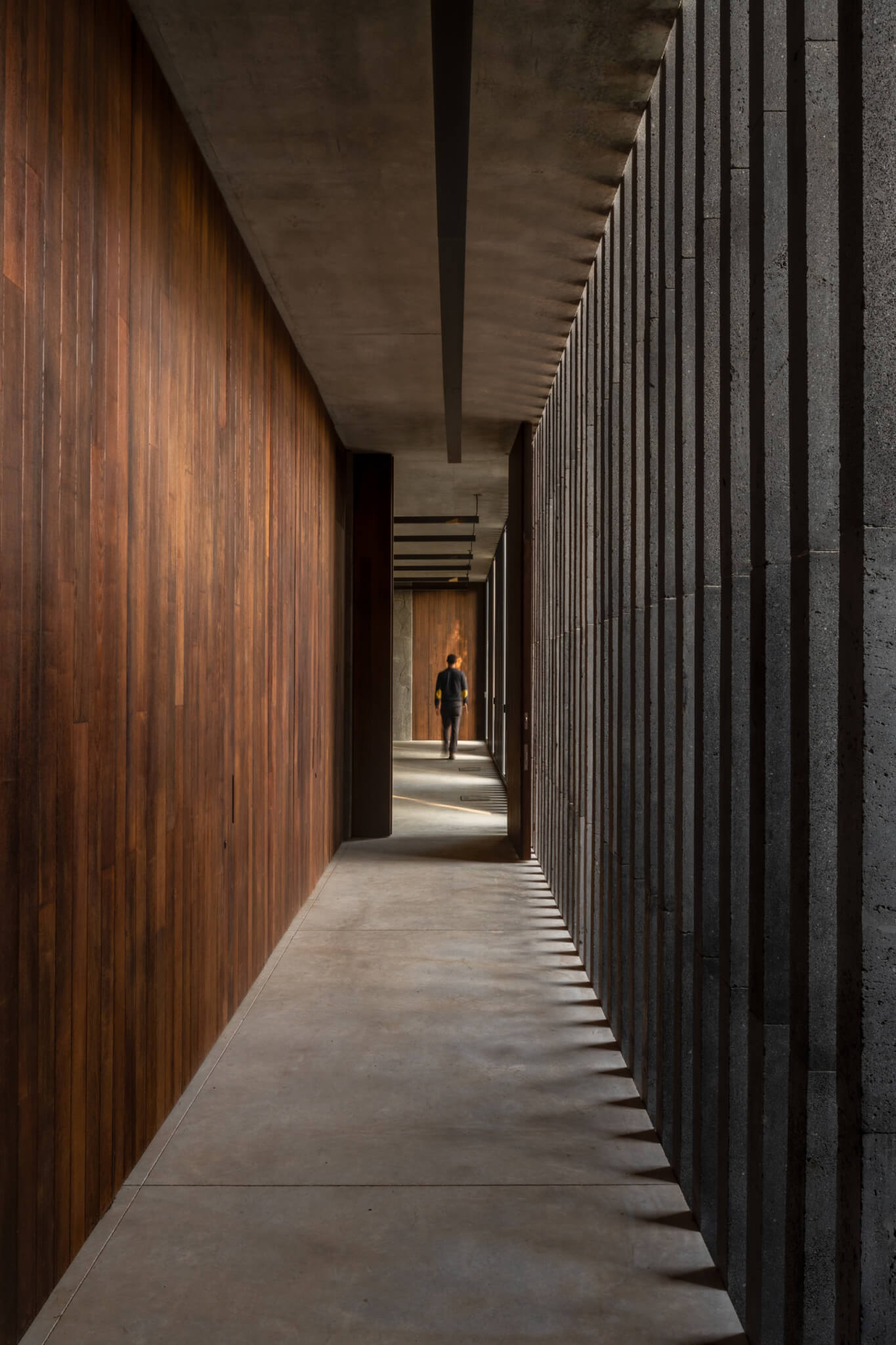
Whereas Rivera’s buildings rise on an even platform around the sunken plaza, the new ensemble highlights the rough terrain. Rocha’s single-story volumes appear to sit gracefully on the lava formations in a way that echoes many of the first houses built at Jardines del Pedregal. In Rocha’s mind, the new buildings are ships floating on a sea of lava. (It works: Anahuacalli, in Nahuatl, means “house surrounded by water.”) The new plaza and the corridor connecting it to the main complex seem like plinths that have been cast into the ground—or, continuing Rocha’s metaphor, like sections of a pier. These gestures produce a fascinating dialogue between the clear orthogonal structures and the rugged landscape.
Unlike Rivera’s hermetic structures, the new buildings maintain a refreshing openness to the exterior. This is achieved mainly by an external lattice made of vertical stone slats, which evoke Rivera’s slit windows. Upon entering (or, rather, boarding), one soon sees the buildings as articulations of horizontal and vertical planes, interior patios, and corridors. The effect is of ever-partial interiors, subtly wrapped by the latticework that modulates the sunlight and frames stunning views of the landscape. Barragán’s words, plucked from Eggener’s book, seem fitting here: “A landscape that is held and framed with a proper foreground is worth double.” The patios reveal a lower level where the concrete foundations merge with the volcanic rock. Ash wood doors and black metal railings complete the material austerity and formal rigor.
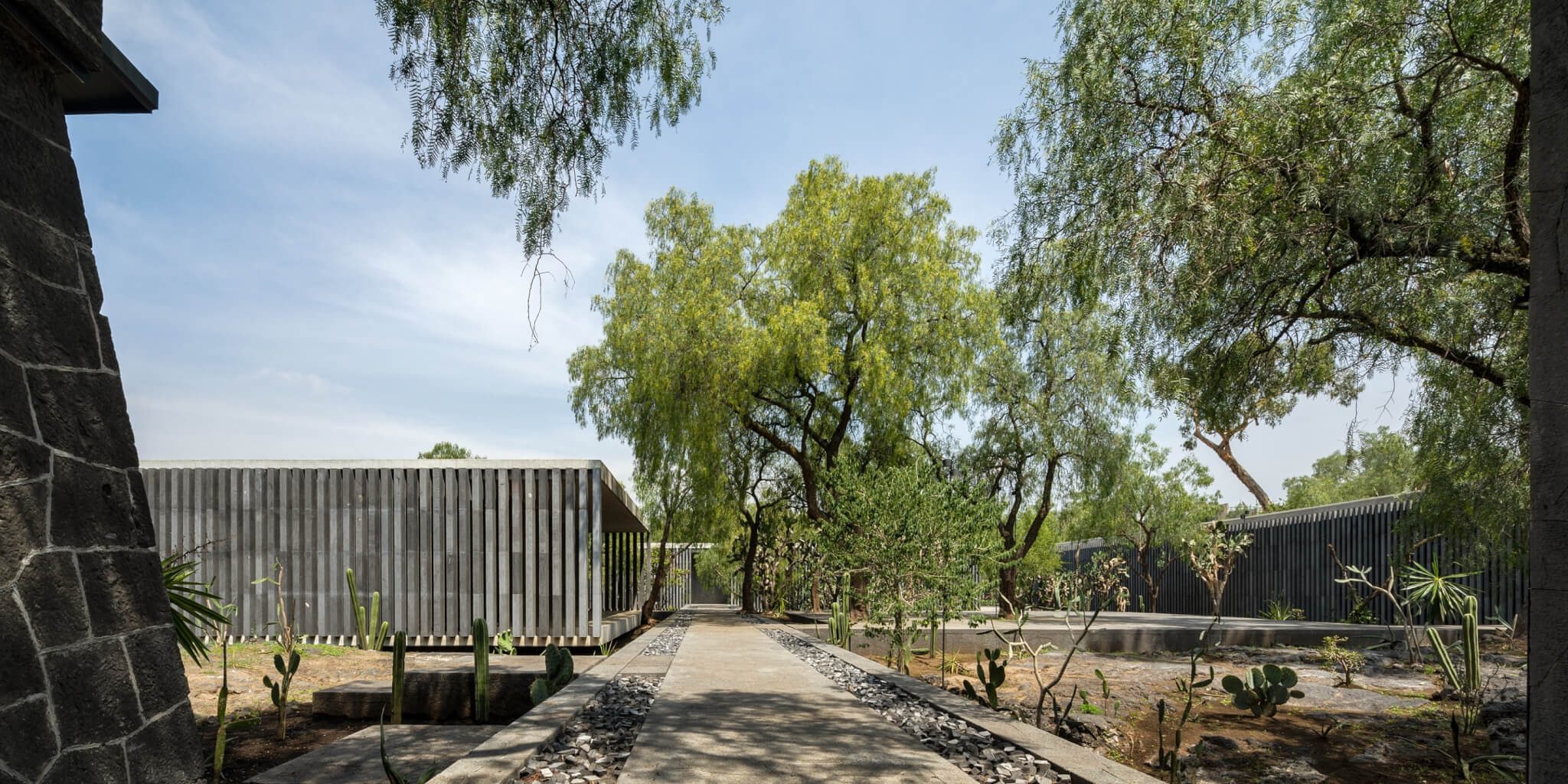
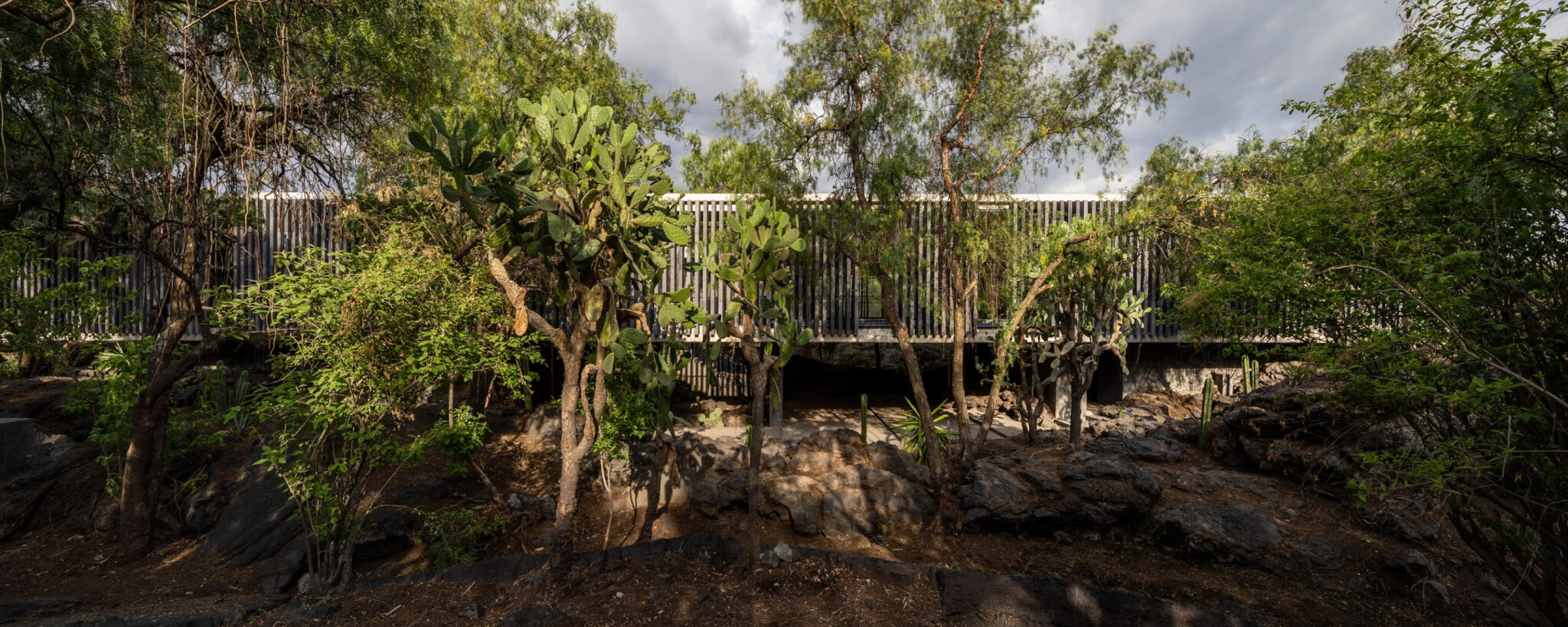
These are qualities that characterize Rocha’s larger body of work, as does the play of rectangular prisms produced by vertical and horizontal planes, each spaced out by fragments of landscape. His Center for the Blind and Visually Impaired in Iztapalapa (2000) and School of Visual Arts of Oaxaca (2008), two of his most celebrated works, display similar arrangements. This recurrent strategy manifests an insistence on producing interior spaces imbued with the outdoors. As in those projects, the Anahuacalli expansion offers a much richer experience than suggested by the simple orthogonal plan. In this way, architecture is conceived as an experience of landscape and light. In his own words, “architecture is not volume, but void.”
The project also entailed renovating smaller existing buildings, which expands the existing library, reorganizes the staff’s facilities, and adds a ticket counter and restrooms by the entrance. Whereas the new volumes feel independent from the original complex, perhaps the expansion is most interesting, as the two architectural epochs collide here. There is an evident congruity not only of materials but of aesthetic sensibilities. When asked about references, Rocha mentions the likes of Robert Smithson, Gordon Matta-Clark, Akira Kurosawa, and Andrei Tarkovsky rather than other architects. It is no coincidence that an architect whose own work extends to installation art and ephemeral interventions would be chosen to elaborate on the radical experiment of two artist-architects. In this sense, Anahuacalli stands as a witness to the sensibility of these and other Mexican architects across generations.
Gabriel Villalobos is a professor of architecture history and theory in Mexico City. He holds an MDesS from the Harvard Graduate School of Design. His research focuses on the multiple dialogues between art and architecture across the 20th century.
Mauricio Rocha will be a keynote speaker at AN’s Facades+ event in Los Angeles on November 3.

